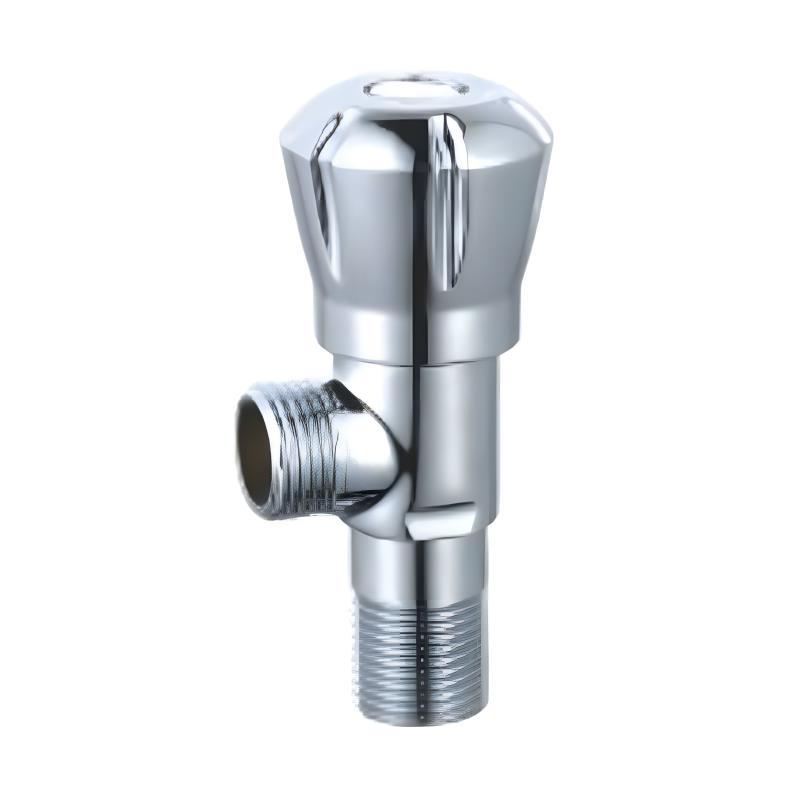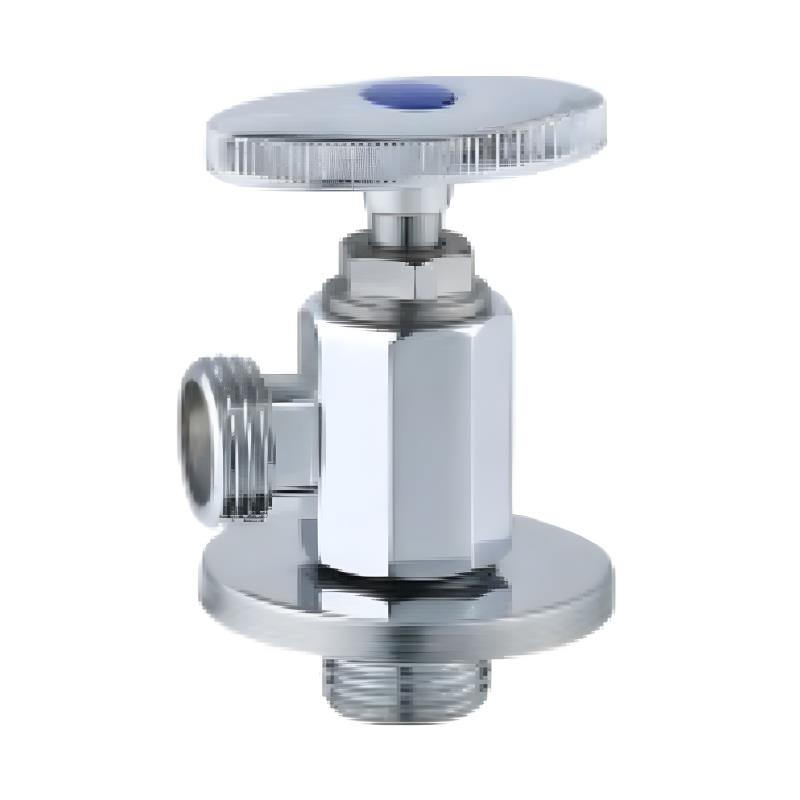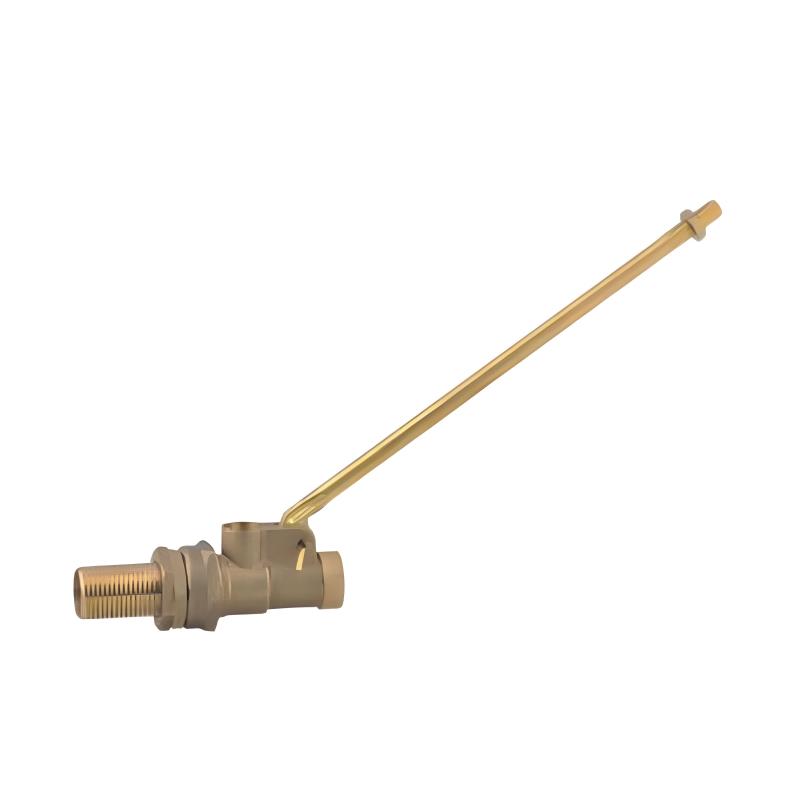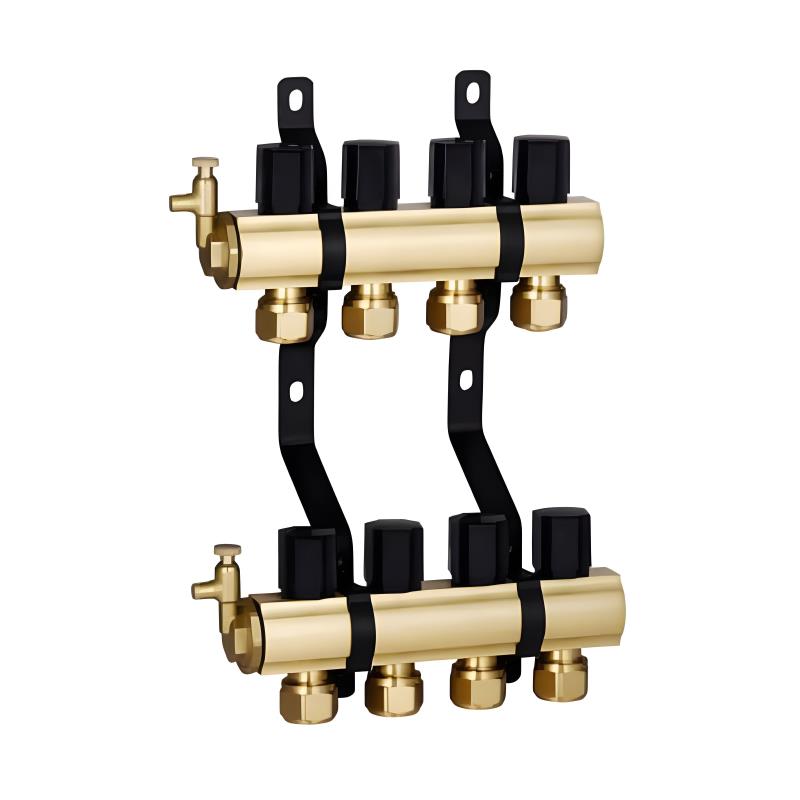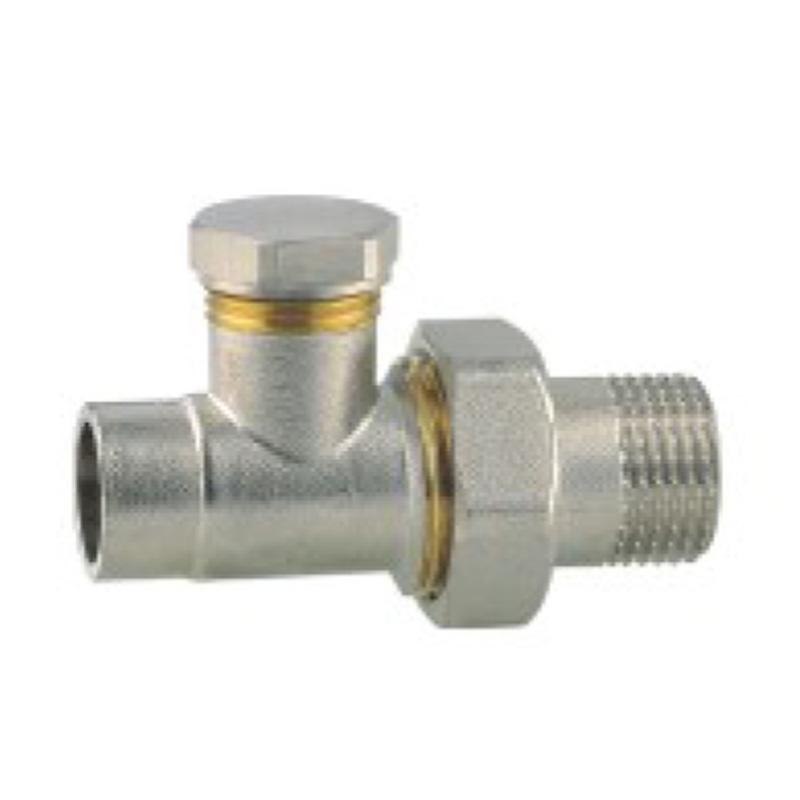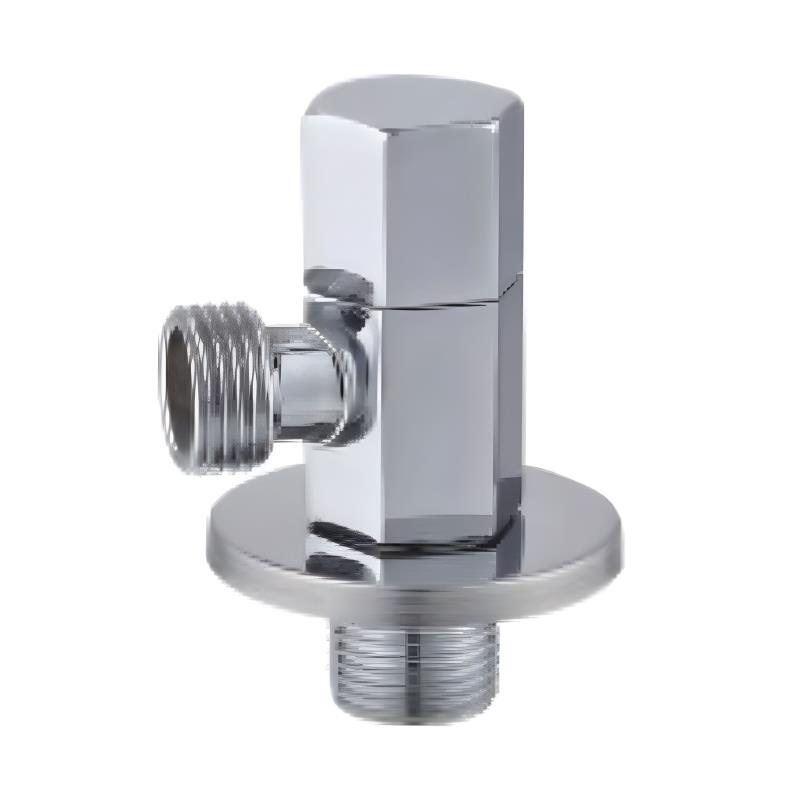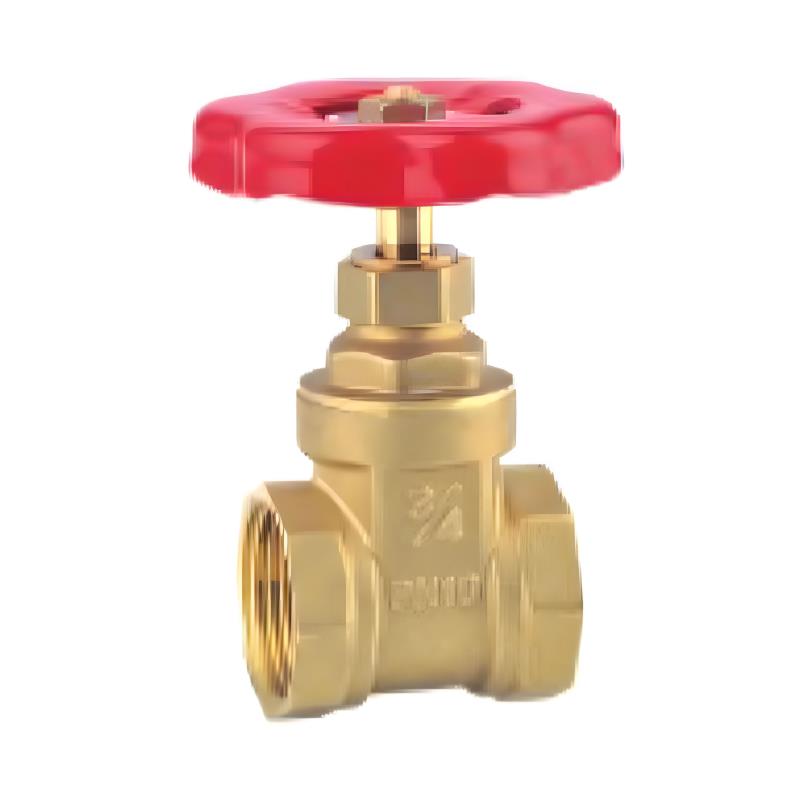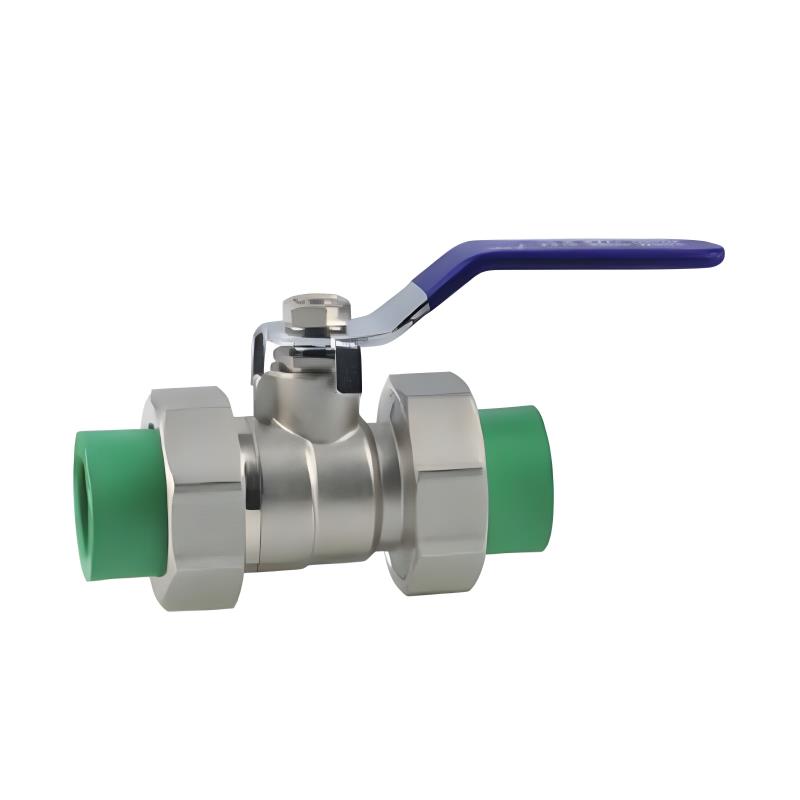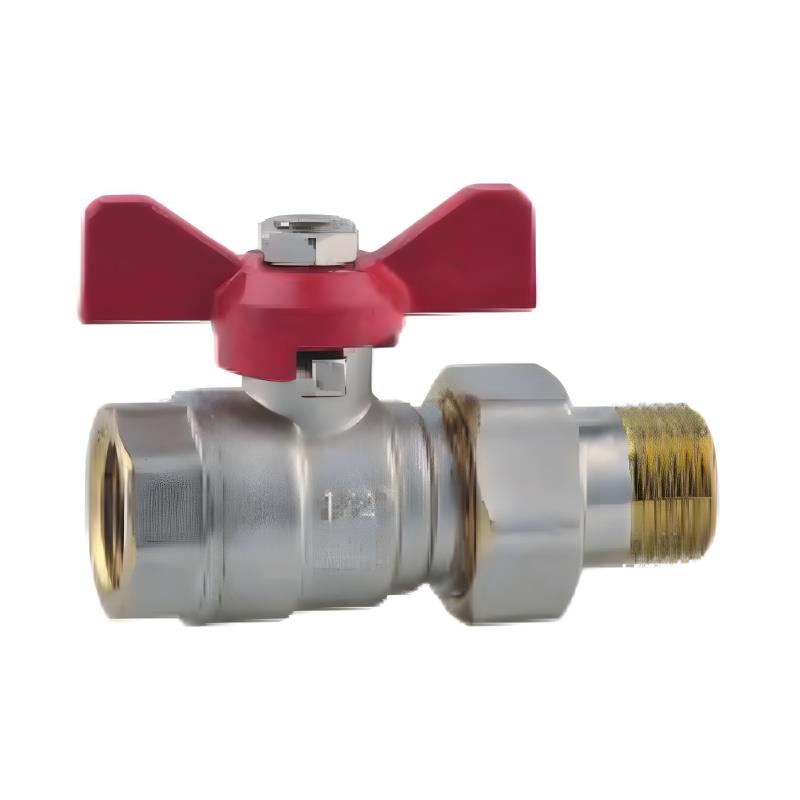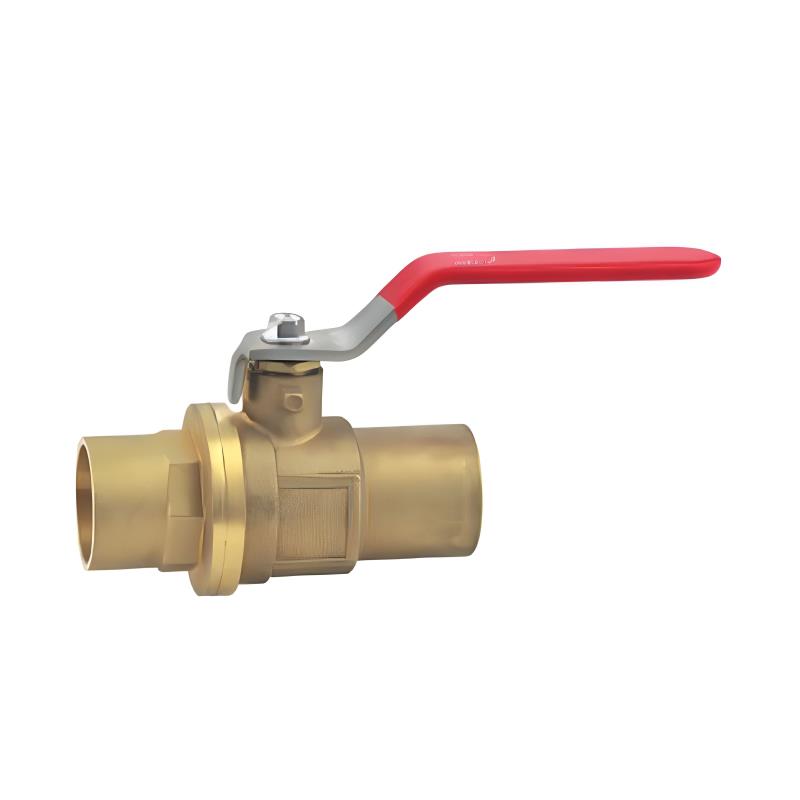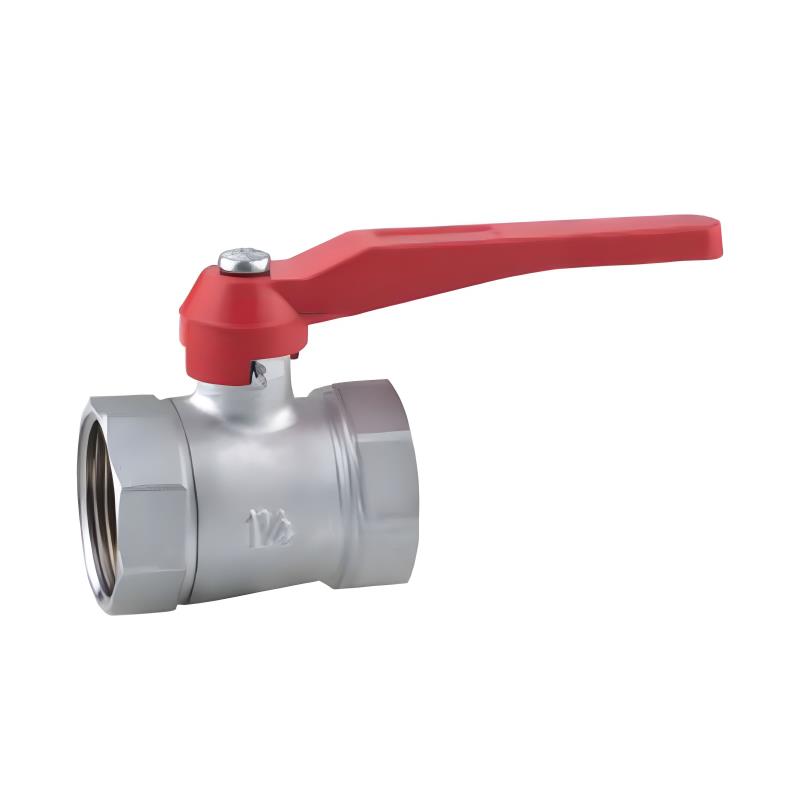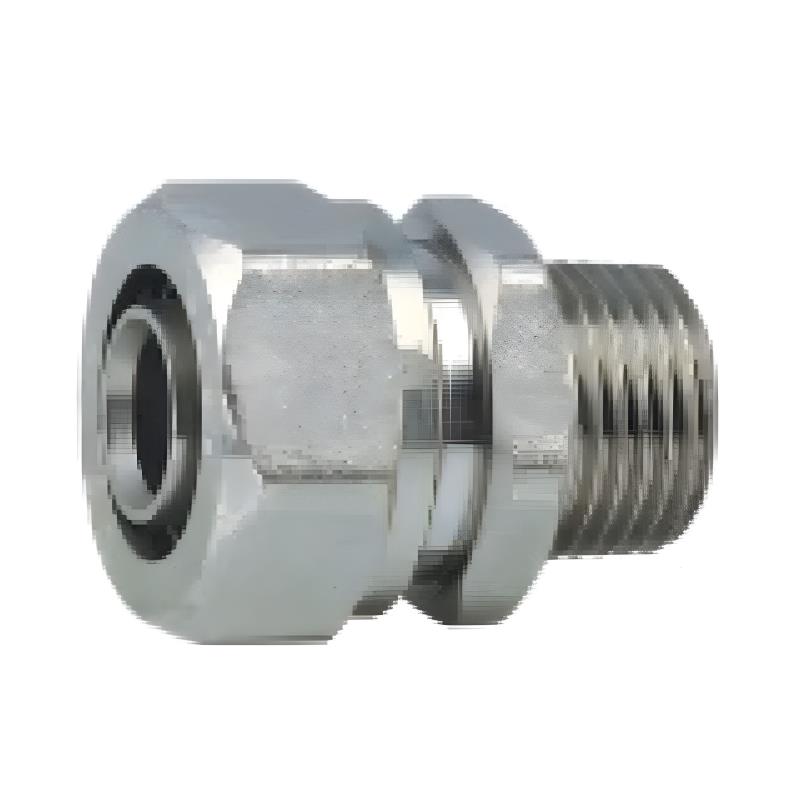Submit feedback
How to Identify High-Quality PP-R Insert in Plumbing Applications?
In the evolving world of plastic piping systems, the PP-R insert has become a crucial component, especially in high-pressure and hot water applications. While the basic function of a PP-R insert is to provide a secure, threaded connection between PP-R fittings and metal components, the difference in quality across manufacturers can be significant. For plumbers, contractors, and wholesalers, being able to identify a high-quality PP-R insert is critical to ensuring system reliability, longevity, and safety.
At first glance, most PP-R insert products look alike. They are typically embedded brass or stainless steel threaded parts housed inside PP-R plastic fittings. However, not all are manufactured to the same standard. A closer look at the materials, craftsmanship, and compatibility reveals important indicators of quality.
One of the key factors in evaluating a PP-R insert is the material of the metal insert itself. High-quality PP-R insert components often use lead-free brass such as CW617N or Hpb59-1. These alloys offer a balance of machinability, corrosion resistance, and structural strength. Low-grade brass, on the other hand, is more prone to dezincification and can weaken over time, especially in hot water environments.
Equally important is the precision of the threading on the PP-R insert. Inconsistent or rough threading can lead to leaks, improper tightening, or thread damage during installation. A high-quality PP-R insert will have clean, standardized threads—typically following ISO or ANSI thread standards—that allow smooth, secure engagement with mating components.
The bonding between the insert and the PP-R body is another major quality checkpoint. In a reliable PP-R insert, the metal and plastic components should be integrated through an injection molding process, rather than manually pressed or glued. This ensures that the PP-R insert can withstand thermal expansion, vibration, and mechanical stress without the risk of loosening or detachment.
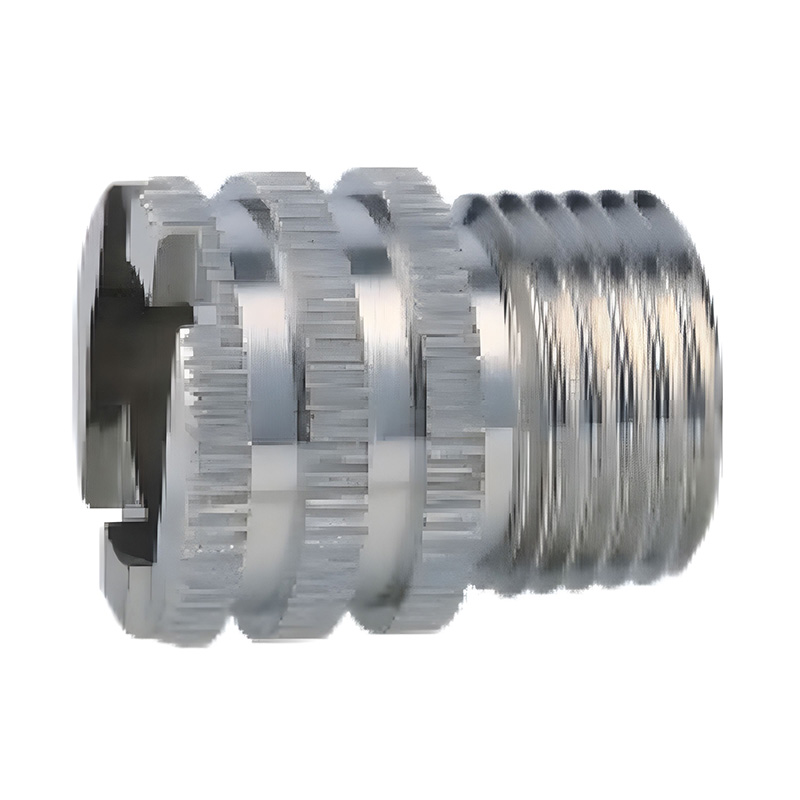
Another way to spot a superior PP-R insert is by examining the surface finish. A professionally manufactured PP-R insert will have a smooth, polished metal surface and a defect-free plastic outer body. Burrs, cracks, or visible seams are all red flags that may suggest lower production standards.
End-users and professionals should also look for compliance certifications when sourcing PP-R insert products. Standards such as DIN 8077/8078, ISO 15874, or ASTM F2389 indicate that the PP-R insert has passed rigorous performance testing. These certifications are often displayed on product packaging or included in technical datasheets provided by reputable manufacturers.
Real-world feedback can also serve as a valuable reference. For example, a plumbing firm in Kuala Lumpur recently switched suppliers after a series of early failures in a hot water system. Upon inspection, it was revealed that the original PP-R insert components used low-grade brass and had poor thread finishing. After transitioning to a European-made PP-R insert line with documented certifications and precision-engineered inserts, leak rates dropped significantly, and installation time improved due to better fitting consistency.
As demand for reliable plumbing systems increases across residential, commercial, and industrial sectors, the importance of choosing the right PP-R insert grows accordingly. While price remains a factor, long-term performance, safety, and maintenance costs are directly linked to the quality of the materials used.
In conclusion, not all PP-R insert products are created equal. To ensure the durability and performance of a PP-R piping system, users should carefully examine insert material quality, thread precision, molding integration, surface finish, and certification compliance. With these benchmarks in mind, professionals can make better-informed decisions, reduce installation failures, and build longer-lasting systems—one PP-R insert at a time.
 +86-13989680588
+86-13989680588 graylin@hongjiavalve.com
graylin@hongjiavalve.com 
